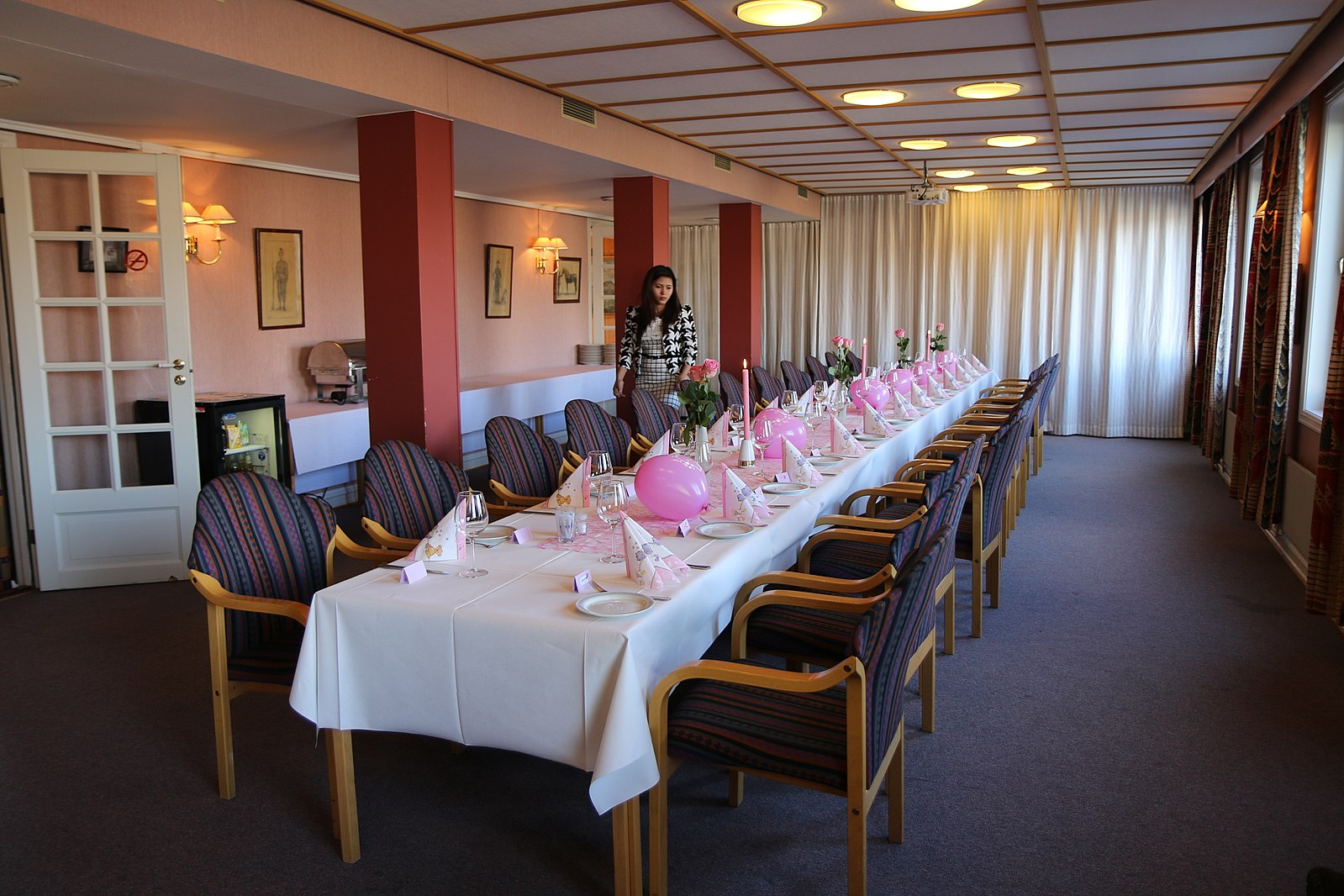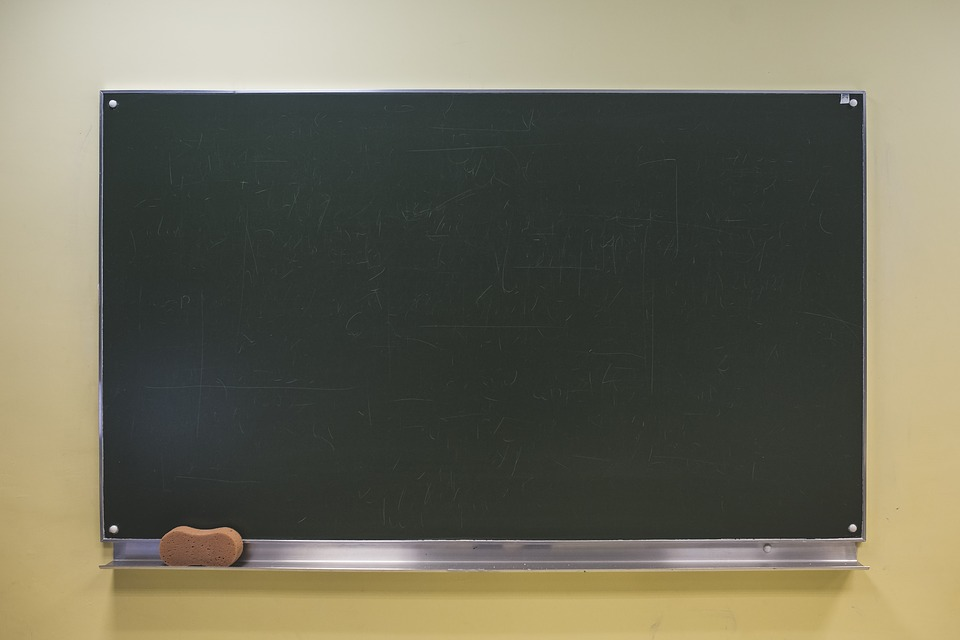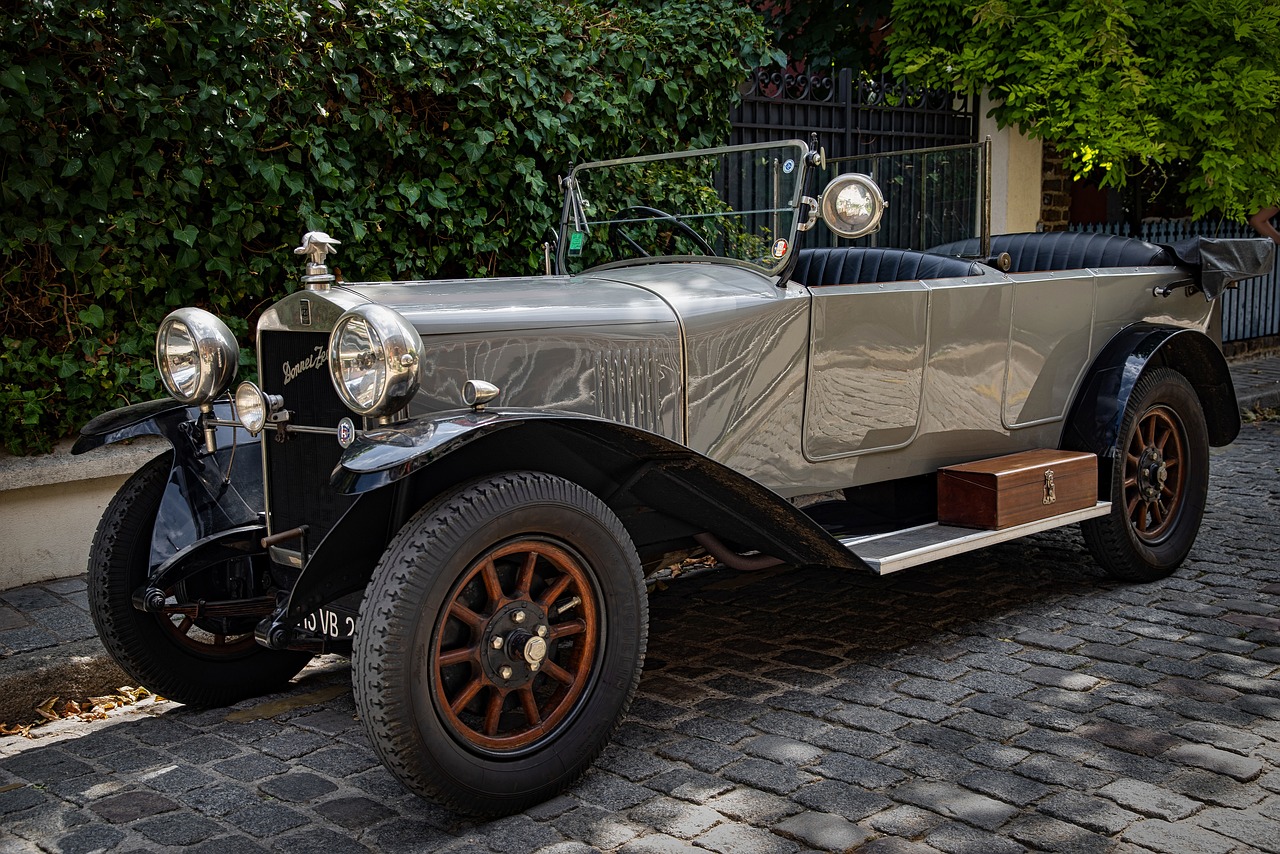1.4 – Adjectives Endings
In this lesson we will learn about adjectives in Czech. Adjectives describe some quality of nouns. Examples of adjectives in English are: big, small, good, nice, pretty, ugly etc.
You will need to learn several new adjectives in this lesson. If you have not already reviewed the adjectives from today’s vocab list, take time to do that here.
In Czech, adjectives are placed before the noun they directly modify, e.g. –
masculine
|
To je velký stůl. This is a big table. |
To je starý počítač. This is an old computer. |
To je mladý muž. This is a young man. |
feminine
|
To je mladá žena. This is a young woman. |
To je velká tabule. This is a big blackboard. |
To je stará kniha. This is a an old book. |
|
To je hezké město. This is a pretty town. |
To je staré auto. This is an old car. |
To je velké náměstí. This is a big square. |
When you combine adjectives with nouns, you have to think about the gender of the noun that they are going with. In the examples above, the nouns were all masculine. We know that because they all end in a consonant. The masculine form of an adjective is the form given in vocabulary lists and dictionaries.
However, when combining adjectives with feminine or neuter nouns, we’ll need to change the form of the adjective to match the gender of the noun that follows. The following table is a summary of these adjective endings along with :
Hard Adjective Endings
|
masculine |
feminine |
neuter |
|
-ý
velký stůl big table
starý počítač old computer |
-á
stará kniha old book
velká tabule big textbook |
-é
staré auto old car
velké náměstí big square |
Adjectives in Czech follow either a hard or soft pattern. The adjectives in the chart above are examples of hard adjectives. The reason they are called hard adjectives is that the endings are not the type that can soften a preceding consonant.
Soft Adjective Endings
Some adjectives follow a different pattern. These are called soft adjectives, which are given in the chart below:
|
masculine |
feminine |
neuter |
|
-í
moderní počítač old computer
|
-í
moderní kniha modern book
|
-í
moderní auto old car
|
It is easy to figure out whether an adjective is hard or soft by looking at its form in dictionaries or vocabulary lists. If it ends in –ý in the masculine singular, it is a hard stem adjective. If it ends in –í, it is a soft adjective. When you learn an adjective, you have to learn whether an adjective is hard or soft. It will then follow that specific pattern listed above.
Two other soft adjectives that you have so far encountered are domácí ‘(of or related to) home’ and psací ‘(used for) writing’. Domácí úkol is a ‘home task’ (úkol ‘task’) and psací stůl is a ‘writing table’. Other examples of soft adjectives are inteligentní ‘intelligent’ or hlavní ‘main’, such as hlavní nádraží ‘main train station’.
Images used in this document come from these sources.











